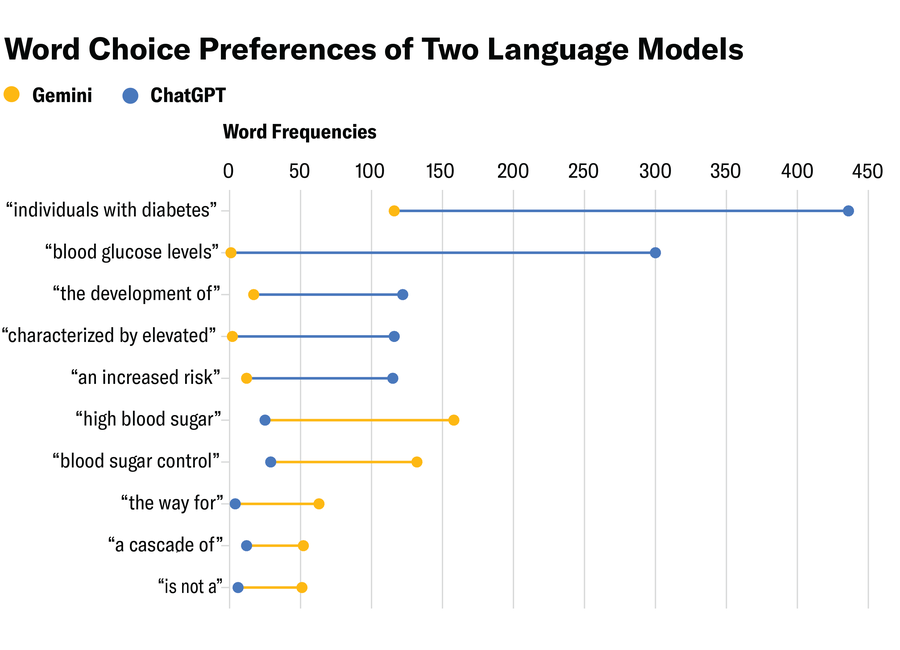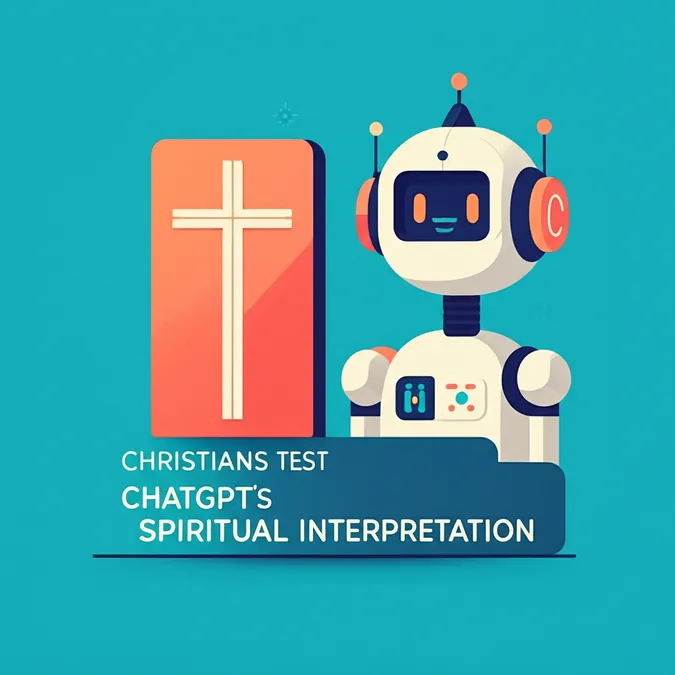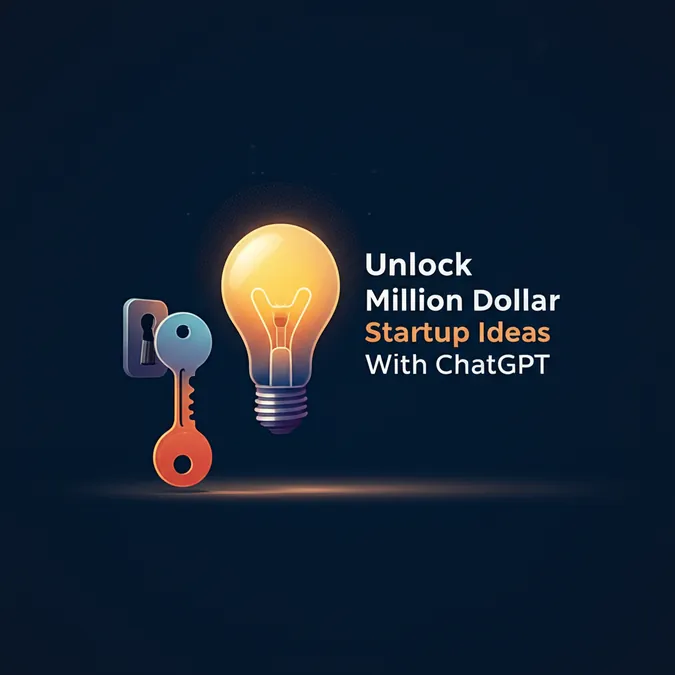Developer Offer
Try ImaginePro API with 50 Free Credits
Build and ship AI-powered visuals with Midjourney, Flux, and more — free credits refresh every month.
AI Chatbots Have Unique And Detectable Writing Styles
Have you ever noticed if your AI chatbot has a consistent personality? Does ChatGPT feel like the same 'person' every time you talk to it, or does its voice seem to change with each new conversation?
This question led to an aha! moment for one linguist who was comparing essays written by AI to those written by humans. The realization was simple yet profound: you can't compare the single voice of a Large Language Model (LLM) to the diverse voices of countless human writers. Every person has a unique linguistic fingerprint, shaped by their background, education, and experiences. Linguists call this an "idiolect."
This insight sparked a new investigation: could we analyze the language from AI models like ChatGPT and Gemini to see if they, too, have their own distinct idiolects?
The Science Behind Uncovering AI's Voice
Idiolects are a cornerstone of forensic linguistics, a field that helps attribute authorship, detect plagiarism, and analyze statements. While we aren't putting LLMs on the witness stand (yet), concerns about students outsourcing their assignments have made identifying AI-generated text a high priority.
To see if a text comes from an LLM, you have to look beyond the content and analyze its style. Research shows that ChatGPT often uses standard grammar and academic language, generally avoiding slang or informalities. Compared to human writers, it tends to overuse sophisticated verbs like “delve” and “underscore,” as well as particular adjectives like “noteworthy” and “versatile.” These words could be considered part of ChatGPT's idiolect.
To test this, the researcher used a dataset of hundreds of short texts on diabetes written by both ChatGPT and Gemini. Using the Delta method, a technique in computational stylistics pioneered by John Burrows, the analysis measured the linguistic “distance” between the texts. The results were clear: ChatGPT's texts were much closer to each other (distance score of 0.92) than to Gemini's (1.49). The same was true for Gemini's texts. This confirmed that the two AI tools have quantifiably distinct writing styles.
ChatGPT's Formality vs. Gemini's Simplicity
So, what do these different styles look like? By analyzing the most common three-word combinations, or “trigrams,” the unique voices of each AI became even clearer.
-
ChatGPT leans towards a formal, clinical, and academic idiolect. Its top phrases included “individuals with diabetes,” “blood glucose levels,” “the development of,” and “characterized by elevated.”
-
Gemini adopts a more conversational and explanatory tone. Its common phrases were “the way for,” “the cascade of,” “high blood sugar,” and “blood sugar control.”
The most striking difference was in word choice. As the chart below shows, Gemini prefers simple, accessible language, while ChatGPT opts for more formal terminology.

For instance, ChatGPT uses the word “glucose” more than twice as often as “sugar.” Gemini does the complete opposite, using “sugar” more than twice as frequently as “glucose.”
Why Do AIs Develop Their Own Styles?
Why would an AI develop a unique writing style? There are a few theories. It could be related to the principle of least effort, where the model defaults to the easiest and most familiar linguistic path it has learned. It could also be a form of self-priming, where using a word makes the model more likely to use it again.
A more fascinating possibility is that these idiolects are emergent abilities—complex skills that the models were never explicitly trained on but developed on their own.
What This Means for AI and Us
The discovery that LLMs have their own idiolects has significant implications. It pushes the conversation about AI and human-level intelligence forward, suggesting that these models don't just mirror their training data but can develop distinct habits, much like people are shaped by their life experiences.
On a practical level, understanding these AI idiolects provides another tool for determining if an essay or article was written by a machine or a specific person—just as you might recognize a friend’s message in a group chat simply by their signature style.
Compare Plans & Pricing
Find the plan that matches your workload and unlock full access to ImaginePro.
| Plan | Price | Highlights |
|---|---|---|
| Standard | $8 / month |
|
| Premium | $20 / month |
|
Need custom terms? Talk to us to tailor credits, rate limits, or deployment options.
View All Pricing Details

